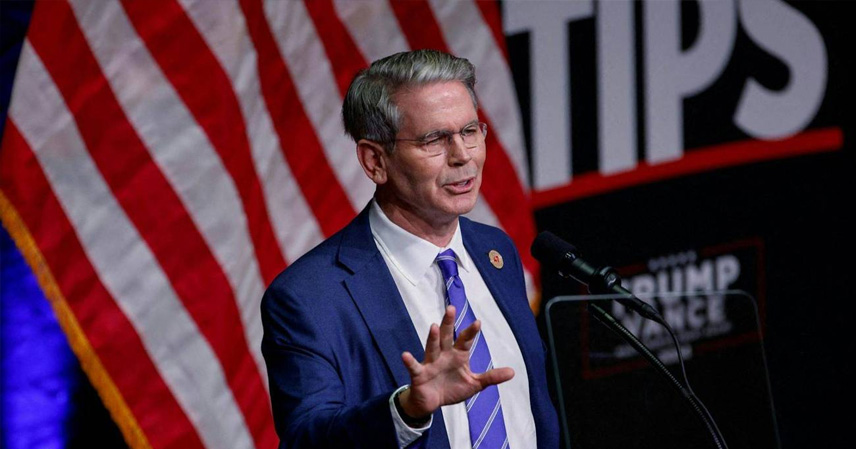On October 1, 2025, the U.S. government officially shut down after budget negotiations collapsed, freezing federal funding and triggering widespread disruptions. At the same time, data revealed that China reduced its U.S. Treasury holdings by more than $50 billion in six months, intensifying pressure on financial markets already on edge.
A Shutdown Without Warning
The shutdown took effect at midnight after Congress failed to pass a temporary funding bill. Despite multiple rounds of negotiations, both the House of Representatives and the Senate failed to reach consensus. Under federal law, when appropriations are not approved by the start of a fiscal year, the government must suspend all “non-essential functions.”
As a result, federal agencies entered emergency mode almost simultaneously:
- The Federal Communications Commission halted licensing approvals.
- The National Park Service closed all entrances.
- The Department of Agriculture and Department of Transportation suspended local offices.
- The Centers for Disease Control and Prevention (CDC) stopped nationwide vaccine tracking, disease modeling, and emergency laboratory monitoring.
- The Food and Drug Administration suspended all new drug approvals.
- The military shifted to minimal readiness, maintaining only core units and overseas communication. Non-core programs, procurement, and military education were frozen.
- The immigration and border enforcement system delayed case processing and closed several courts.
- Over 60% of federal employees were placed on unpaid leave.
The financial fallout was immediate. Dow Jones futures plunged 450 points in Asian trading, while the 10-year Treasury yield spiked. The U.S. dollar index swung sharply, gold surged 3% to a yearly high, and oil prices climbed on rising risk aversion. Global credit agencies issued warnings, with some investors cutting U.S. bond exposure. Central banks in Europe, Japan, and Switzerland held emergency consultations.
China’s Debt Reduction Raises Alarms
While the shutdown shocked domestic operations, the debt market faced another blow: large-scale foreign divestment. U.S. Treasury data showed that between March and July 2025, China sold over $50 billion in Treasuries, with a peak reduction of $25.7 billion in July alone.
This accelerated selling pushed the 10-year Treasury yield toward 4.8%, triggered volatility in New York bond trading, and forced asset managers to adjust risk models. Global rating agencies responded in August by placing the U.S. sovereign credit outlook under “negative watch.”
Unlike past gradual shifts, the speed and scale of China’s sales stood out. Other major holders such as Japan, the U.K., and Canada maintained relatively stable positions, highlighting Beijing’s moves as a potential signal of strategic intent.
Market in Crisis Mode
The Treasury’s funding stress became increasingly visible. Debt auctions faced weak demand, with coverage ratios falling and some offerings undersubscribed. The government resorted to issuing more short-term bills, while the Federal Reserve increased open market operations to stabilize liquidity.
Bond market stress indicators repeatedly triggered alarms:
- Yield curve inversion deepened, with 2-year yields briefly surpassing 10-year yields.
- Liquidity risk surged as investors demanded wider spreads.
- Rating downgrades placed Treasuries under short-term review.
The Congressional Budget Office warned that by Q4 2025, routine financing could face structural gaps. Meanwhile, the Federal Reserve paused balance sheet reductions, indicating that debt market instability was already influencing monetary policy.
Political Deadlock and Trump’s Dilemma
President Donald Trump faced growing criticism as negotiations broke down. Divisions centered on Ukraine aid, immigration policy, and healthcare funding. Attempts to authorize emergency funding only partially covered defense and national security, leaving education, research, and welfare suspended.
By October 1, the White House confirmed that talks had failed and the government entered full shutdown mode. With debt auctions cooling and foreign divestment accelerating, the U.S. finds itself at the intersection of fiscal, political, and market crises.
References
- U.S. Treasury International Capital Flow Reports, 2025
- Congressional Budget Office technical briefings, September 2025
- Statements from U.S. federal agencies on shutdown operations



